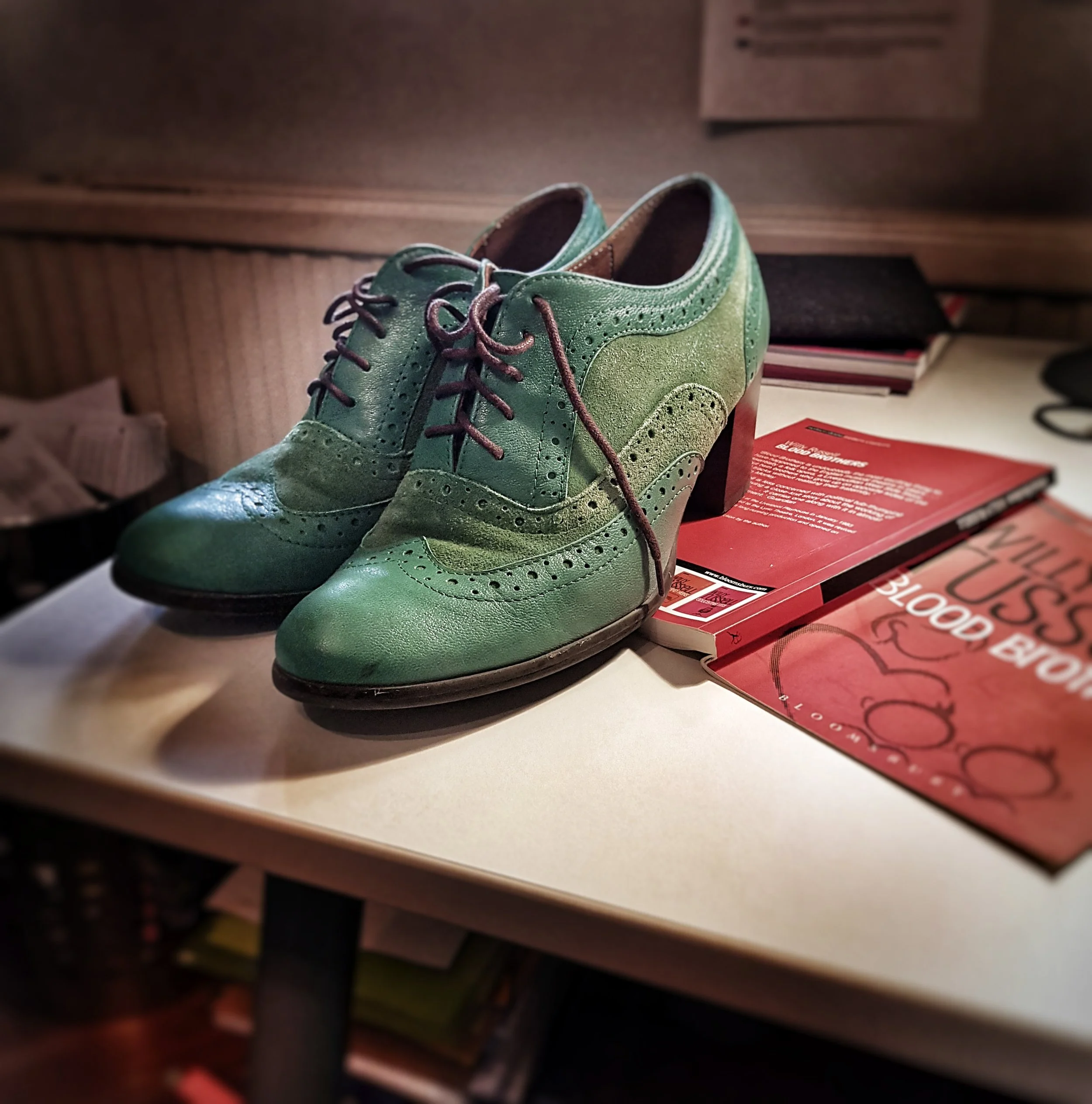How do Belfast Confetti and The Charge of the Light Brigade represent violent conflict?
These poems deal with violent conflict in vastly different ways. The Charge of the Light Brigade is a very organised poem with a good deal of repetition that leaves the reader with a clear idea of what the writer wants us to feel about the ‘six hundred’. In contrast, ‘Belfast Confetti’ is a poem of non-sequiturs and incomplete sentences which finally descends into questions and uncertainty. There is far less clarity as to what this poem wants its reader to think.
Tennyson’s poem isn’t written in any recognised poetic form, but it is full of repetitions and rhythm. The close repetition of ‘half a league, half a league, half a league onward’ serves to open the poem with both the impression of relentless onward movement as well as echoing the sound of six hundred pairs of hooves hitting the ground. The repetition of the structures of stanzas three and five, as well as the near repetition of some of the lines serves to show the changing circumstances of the soldiers: where they rode ‘boldly’ and ‘well’ in the earlier stanza, in contrast in stanza five ‘horse and hero fell’. Where they go ‘into the mouth of hell’ in the earlier stanza, they return ‘back from the mouth of hell’ later on. There is no such chronology or clear organisation in Carson’s poem. It also begins in the middle of the action when ‘suddenly as the riot squad moved in’ but then there is no chronological thread to follow. The main event of the poem: ‘and the explosion’ is rendered as a minor sentence over-spilling the end of a line. The speaker’s confusion of ‘trying to complete a sentence in my head’ and ‘stuttering’ and being ‘blocked’ only contributes further to this sense of dislocation. By the end of the poem, the speaker has dissolved into asking some basic questions about himself, ‘my name? Where am I coming from?’ His ‘fusillade of question marks’ only discombobulates the reader further. In contrast, the final stanza of Tennyson’s poem is a clear call to the reader to ‘honour the Light Brigade, Noble six hundred!’ We are told clearly what to think about these men and their sacrifice whereas in Belfast Confetti, we don’t even know what ‘side’ the speaker is on.
The lack of chronological structure of Belfast Confetti also spills over into a very disjointed use of language. We know the poem is located in Belfast and contains ‘a riot squad’ and an ‘explosion’ – so we can reasonably assume it is taking place during the Troubles – but its semantic field is much more concerned, in the first stanza at least, with punctuation and writing. The poem references ‘exclamation marks … type … an asterisk … a hyphen … a sentence … stops and colons.’ It is as if the writer is trying to escape from an explosion on the page, but his ‘alleyways and sidestreets’ are ‘blocked’ and he cannot make sense in his writing. He has rendered his physical environment into words and type on the page. On the other hand, Tennyson’s poem contains a more straightforward semantic field of battle. We see ‘guns … cannon … soldiers … sabres … an army … and horses.’ The field of battle is laid out before us, using very little figurative language. In fact the only real metaphor in the poem is ‘the valley of death’ albeit rephrased as ‘the jaws of death’ and ‘the mouth of hell’ and repeated many times. Interestingly there seems to be a strong intertextual link between these two poems. In the second stanza of his poem, Carson has presented us with a list of people and places crucial to the war in Tennyson’s poem: ‘Balaclava, Raglan, Inkerman, Odessa’ and ‘Crimea’ are all associated with the Charge of the Light Brigade and one cannot but feel that the sentence ‘dead end again’ refers not only to the speaker’s difficulty in expressing his confusion arounds which side he is on in the Troubles, but also refers to Tennyson’s poem and situates the Troubles in a line of British history and battles fought overseas by the British army. Carson thus takes on the references to violent defeat that are contained within Tennyson’s poem into his poem. However, it is not clear, this time, who is caught in the ‘dead end’. Is it the British army? Is it an innocent bystander trying to flee a terrorist bomb? Or is it a terrorist tying to flee the army?
We can see that these two poems, with one referring to the other, represent violent conflict in very different ways – but then the conflicts that they are representing are very different. The Crimean war was very organised, with clear positions taken up on opposite sides as armies from different countries lined up against one another. In contrast, the Troubles were asymmetrical warfare, with an army on one side and at least two different guerrilla forces on the other. There were no clear battle lines and the conflict played out on the streets among the ordinary people. This may go some way to explaining the organised ranks of lines in Charge of the Light Brigade and the disjointed, uncertain language and structure of Belfast Confetti.





